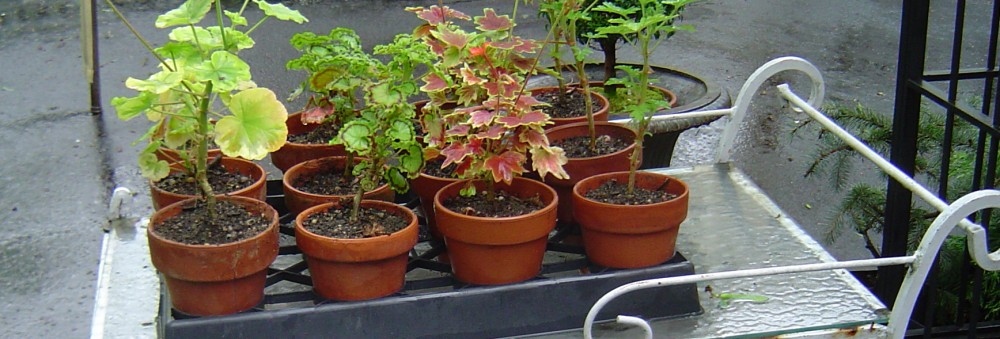Is it just me or has October whizzed by? Perhaps it’s because I’ve been overly busy. That’s what happens when one takes off for 3 weeks – you hit the road running on returning home.
It’s been a game pf playing catch up in all areas of my life. Work, home (the kitchen renovation is moving along but my goodness, it’s painfully slow), news both national and international ( I had chosen to leave my phone at home and judiciously avoided all news and social media– highly recommend!) and then, of course the garden.
Typically, I begin tackling fall chores in the garden around the time of the autumnal equinox. Since I only returned in the first week of October, I was a full 3 weeks behind. As any gardener knows that’s a lot. I got cracking right away. At first it didn’t feel too bad. I had it all worked out. Then we got alerted of a freeze watch. That put me into high gear in a tearing hurry. Myriad pots, mostly large and heavy with tender perennials/citrus/tropicals had to be trimmed, cleaned up and ‘power washed’ to remove pesky stowaways before being moved into the greenhouse which is rather inconveniently situated. Said heavy pots have to be brought from their sites around the property, treated to the secateurs and bath, moved down some stairs and then about a few yards further to reach the sanctuary of the greenhouse. Doing all of this back challenging work under a time pressure is not fun.
Since then, it’s been cutting back, removing debris, dealing with fallen leaves, putting away, more cutting back, cleaning up, countless trips hauling all the vegetation to the woods beyond where they will earn their keep by eventually turning into compost. Whew.
Amidst all this requisite work, I’ve also ripped up the checkerboard garden. This space has increasingly become more shady – the neighbor’s cedar has grown very tall. The creeping phlox has struggled to thrive and moss has slyly crept in everywhere. As has ajuga that opportunistically decided to joypusly leap from elsewhere and make itself at home where it does not belong. So out came all the vegetation. The soil then needed loosening and tilling. Looking at the ‘emptied’ checkerboard revealed that the slate squares needed straightening and aligning. All of this work took an entire Saturday. Nothing is ever simple!
New choice of plants will go in next week. I shall duly provide an update. Note: the creeping phlox was replanted elsewhere in the hope they will be much happier.
Fall is the time of year when I’m painfully (literally) reminded of the existence of certain parts of my body. Post fall cutback and clean up, doing simple things like bending, sitting down and then standing up has my entire lower body protesting vehemently and often. Ditto my upper arms. Am I not using my entire body properly and completely at other times of the year? How can this be!
This week I’m giving myself some recovery time by taking care of lighter work like wrapping the very large pots to keep them protected in place through the very cold months of winter.
With the great bulb planting weekend happening in November, I must necessarily be ready and able. Over a 1000 bulbs await.












(c) 2025 Shobha Vanchiswar
[do_widget “Blog Subscriptions (Jetpack)”]




































































































































